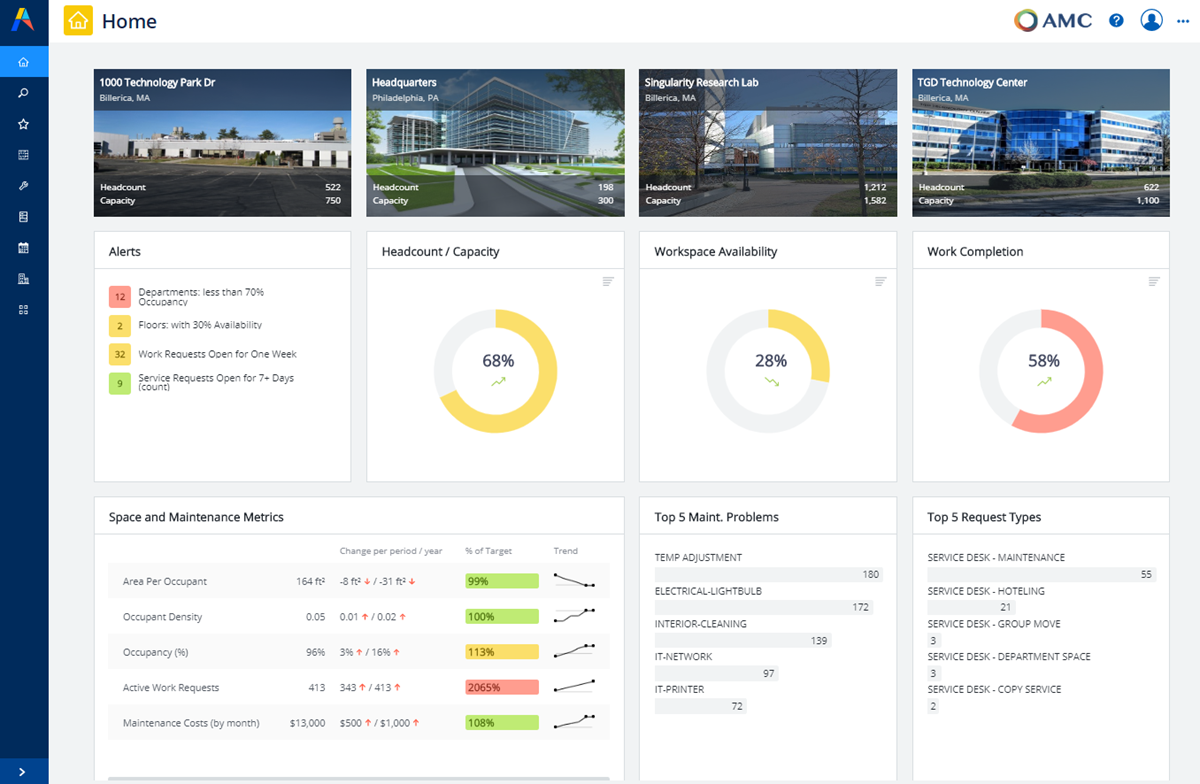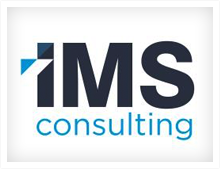
by CJ | Feb 10, 2025 | Archibus
Why Archibus is Essential for Higher Education Facility Management Managing facilities in higher education is a complex task, requiring seamless coordination of space allocation, maintenance, compliance, and sustainability efforts. Universities and colleges must...

by CJ | Nov 25, 2024 | Facilities Management
Title: Data-Driven Decision Making: The Role of Analytics in Facilities Management Introduction: In today’s digital age, data is a valuable asset that can drive strategic decision-making processes. In the realm of facilities management, analytics plays an...

by CJ | Oct 14, 2024 | Facilities Management
The Future of Facility Management: Integrating Virtual and Augmented Reality In recent years, virtual reality (VR) and augmented reality (AR) have emerged as transformative technologies across various industries. While initially popularized by gaming and...

by admin | May 13, 2024 | Building Operations, Facilities Management, Maintenance
Streamlining Maintenance Operations with Archibus: Tips for Managing Preventive and Reactive Maintenance In today’s fast-paced business environment, effective maintenance management is crucial to minimizing downtime and maximizing productivity. Archibus offers...

by admin | Apr 15, 2024 | Archibus
Step-by-Step Guide to Getting Started with Archibus: A Beginner-Friendly Guide Welcome to the world of streamlined facility management with Archibus! Whether you’re looking to enhance space utilization, improve maintenance operations, or optimize your asset...








